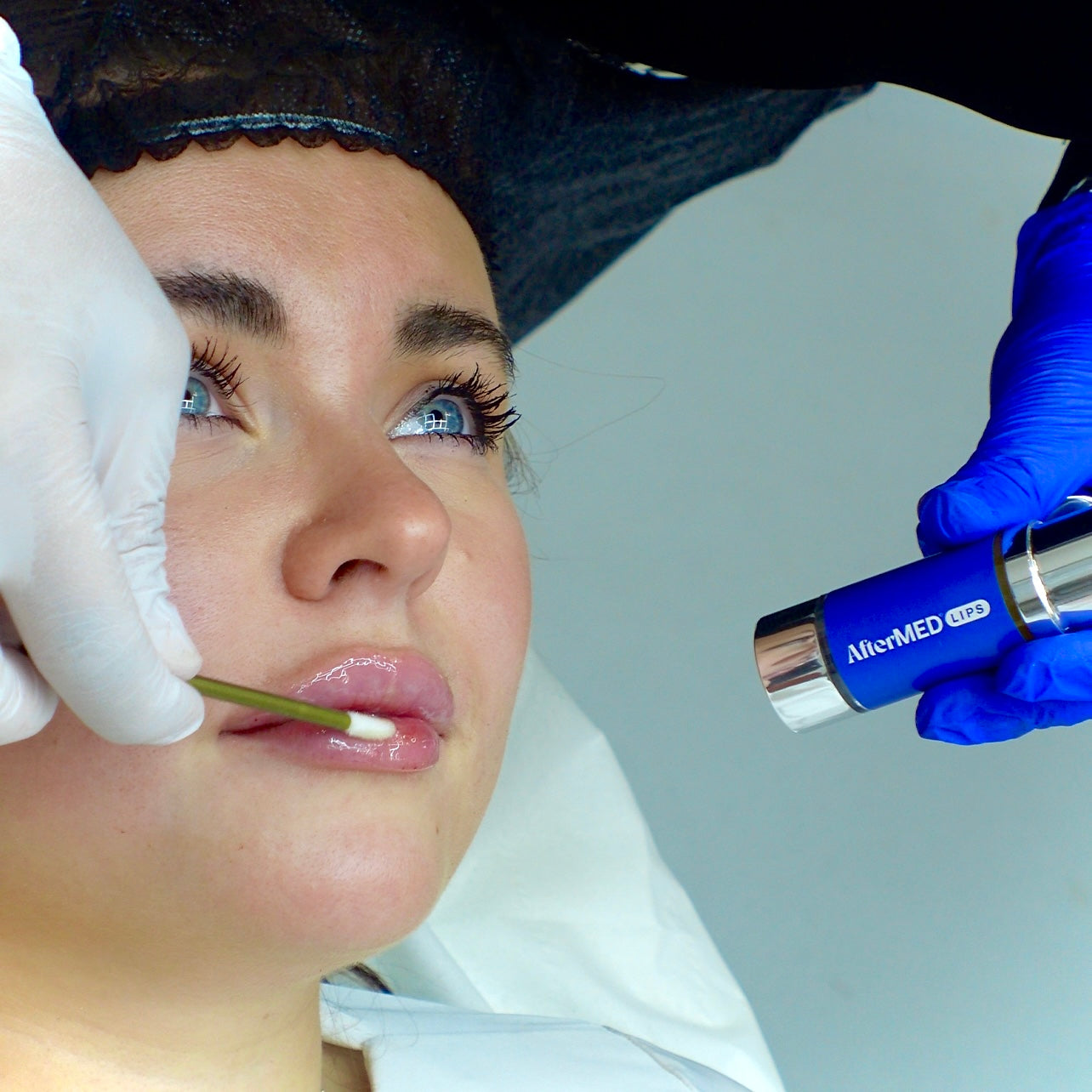
The Impact of Face-to-Face Prescribing Regulations on the Aesthetics Industry: Pros and Challenges
Overview
In 2025, the UK introduced major regulatory changes in the aesthetics industry, particularly regarding the remote prescribing of treatments like anti-wrinkle injections. These changes come in the wake of growing concerns about patient safety, the accountability of practitioners, and the standardisation of treatments. The new rules, enforced by regulatory bodies such as the Nursing and Midwifery Council (NMC) and the Joint Council for Cosmetic Practitioners (JCCP), make it clear that Botox prescriptions cannot be issued remotely and must involve a face-to-face consultation with the patient.
But what does this mean for clinics, nurses, aesthetic practitioners, and patients? In this article, we will break down the pros and cons of these new regulations, exploring how they could reshape the aesthetics industry in both positive and challenging ways.

The Pros of the New Regulations
- Enhanced Patient Safety
One of the primary goals of the new regulations is to ensure that patients receive thorough medical evaluations before undergoing treatments like Botox. By mandating face-to-face consultations, practitioners can better assess patients' medical history, potential contraindications, and overall suitability for treatment. This enhances safety and reduces the risk of adverse reactions or complications from procedures.
2. Improved Professional Accountability
With remote prescribing no longer allowed, the responsibility for patient care and treatment outcomes now lies firmly with the prescriber. This encourages greater accountability, ensuring that prescribers are fully engaged in the treatment process and can take appropriate action if complications arise.
3. Increased Public Confidence
As the public becomes more aware of these regulatory changes, they may feel more secure knowing that their aesthetic procedures are now subject to stricter controls. This could lead to a rise in patient trust and confidence, as people will feel reassured that their health and safety are being prioritised.
4. Standardisation and Clearer Boundaries
The new regulations will likely lead to a more standardised approach in the aesthetics industry. This could help eliminate grey areas in the current practice, where the lines between prescribing and non-prescribing roles have been blurred.
5. Better Training and Qualification
Non-prescribing professionals, such as aesthetic nurses, will likely need to pursue further qualifications or work with registered prescribers. While this may be a challenge for some, it also offers an opportunity to elevate the standard of care in the aesthetics industry and encourage ongoing professional development.
The Challenges of the New Regulations
1. Increased Costs for Clinics
Clinics will now need to ensure that a qualified prescriber is available to conduct in-person consultations, which could increase operational costs, especially if these appointments must be scheduled separately from the treatment itself.
2. Disruption to Established Business Models
Clinics that have previously relied on remote prescribing practices may face significant disruptions for an initial period. For many, this model allowed them to streamline operations and accommodate busy clients.
3. Impact on Non-Prescribing Practitioners
Non-prescribing injectors, such as nurses or non-medic practitioners who previously obtained remote prescriptions from doctors or pharmacists, will be affected. These professionals will now be unable to prescribe anti-wrinkle injections and other similar treatments without involving a medical prescriber in the process. This could reduce the autonomy of non-prescribing professionals and may limit income opportunities, particularly for solo practitioners.
4. Patient Inconvenience and Delays
The requirement for face-to-face consultations may lead to longer waiting times for treatments, as patients will need to schedule separate appointments for assessments and procedures.
5. Risk of Exclusion for Smaller Clinics
Smaller clinics, particularly those without direct access to prescribers on-site, might struggle to stay compliant with the new regulations. Without the financial resources to hire or collaborate with qualified prescribers, they may be forced to cut back on services or even close their operations.
Conclusion
The 2025 changes to remote prescribing in the UK aesthetics industry are a game-changer. While they bring about important safety and accountability benefits, they also pose significant challenges to practitioners and clinics, particularly in terms of cost, logistics, and operational changes. By understanding these new regulations and adapting accordingly, the industry can continue to thrive while ensuring that patient care remains at the forefront.







Leave a comment
This site is protected by hCaptcha and the hCaptcha Privacy Policy and Terms of Service apply.